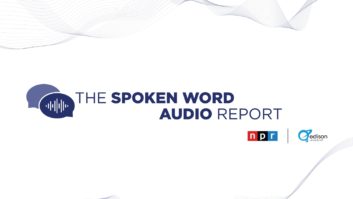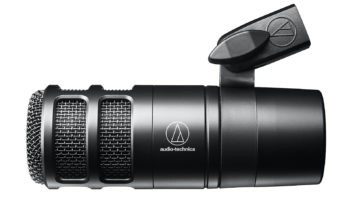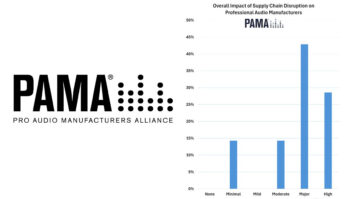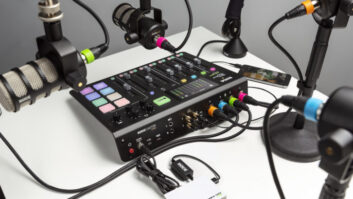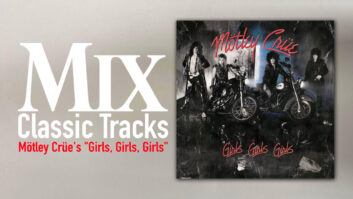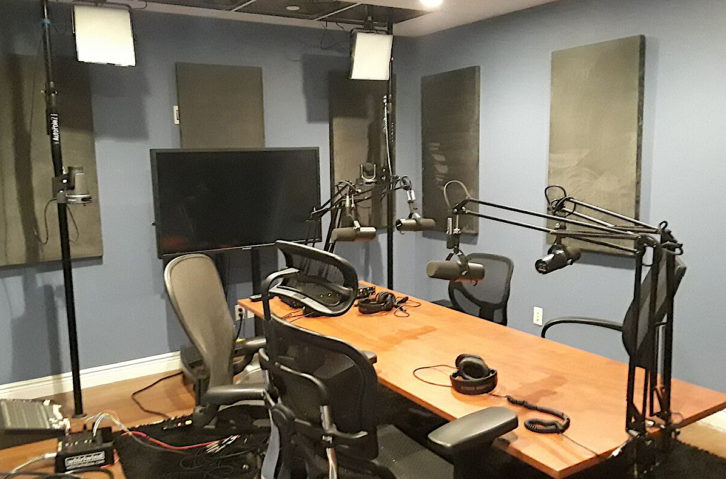
When the pandemic swept around the world in early 2020, every industry was affected, but the situation looked especially dire for podcasters. While the on-demand audio format has been around since the mid-00s, it wasn’t until 2014 that podcasting exploded in popularity, thanks to its first ‘killer app’—the true-crime show Serial, downloaded 340 million times and counting. Since then, the number of shows, listeners and production companies has only risen by the day, but with the arrival of COVID, it looked like the party might suddenly be over.
For many listeners, podcasts had become as crucial to their daily commute as an extra-large cup of coffee, and answering that demand, audio production companies large and small had sprung up to provide that content, with hosts and guests typically taping episodes together. The advent of lockdown changed those dynamics, of course, and podcast download numbers fell off a cliff. When society reoriented itself to a work-from-home world after a few months, however, listeners returned to their favorite shows—and had time to sample even more of them. Meanwhile, podcasters quickly adapted to remote production in order to meet that skyrocketing demand, often adopting and then soon outgrowing videoconferencing software like Zoom to record their shows.
As a result, podcasts are more popular than ever and the format has proven itself as a content conduit that’s here to stay. According to Podcast Insights, as of July, 2021, there’s more than 2 million podcasts, which have generated more than 48 million episodes—a considerable jump from 2018, when there were only 500,000 podcasts. While Statista reports that 57 percent of American consumers over the age of 12 have listened to at least one podcast, a rising number of people have made the shows an integral part of their lives. MediaRadar has found 37 percent of Americans listen to podcasts every month, with a daily average consumption of nearly an hour. Of course, where there’s listeners, there’s money to be made, and podcast advertising rose nearly 24 percent year-over-year for the first five months of 2021, as advertisers spent roughly $222 million during that time. Further, the company predicts U.S. podcast advertising spend will grow 60 percent this year, and expects that it to hit over $2 billion in value by 2023.
With podcasting now big business, the go-to stereotype of amateur hosts gathered around a kitchen table all yelling into one microphone is going the way of the Dodo. Top podcast houses like Stitcher and Spotify’s Gimlet have built state-of-the-art production facilities in major cities, employing studio architect firms like Walters-Storyk Design Group to create multi-studio compounds that keep the episodes coming. The pro audio hardware and software matches the level of their surroundings, and those resources continued to be put to the test even during the height of the pandemic in 2020, with high-end mics, headphones and interfaces shipped to producers and hosts for remote recording. If their gear was high-end though, the soundproofing often wasn’t, giving rise to the brief trope of podcasters sitting on the floor of their bedroom closets, surrounded by soft, sound-absorbing clothes in an effort to sound as professional as possible.
That said, amateur and enthusiast podcasters still exist, and the pandemic gave plenty of them time to get better at it. Part of the format’s appeal has always been the comparatively low cost of entry—a factor that has helped raise podcasting’s popularity, because there’s a podcast or five for almost any niche interest. As a result, pro audio manufacturers across the board have responded by offering better-than-entry-level gear that gets the job done for podcasters as well as their streaming/content creator brethren. In just September and October this year alone, Audio-Technica shipped its AT2040 microphone, TASCAM bowed both its Mixcast4 tabletop mixer and Podcast Editor Software, Røde unveiled its PSA1+ studio arm, AKG launched its Ara USB mic, Studio Technologies revealed its Model 209 talent console, and there’s probably a few other items I’ve overlooked. All of these companies are responding to podcasting’s increasingly specific needs with specialized gear that brings simplified features of the broadcast world to the masses, and moreover at price points that are reachable by individuals and organizations alike.
With podcasting only continuing to grow in popularity, it’s easy to see why all involved, from the podcasters themselves to the audio manufacturers and service providers who work with them, are finding ways to make inroads into the burgeoning on-demand audio format.
